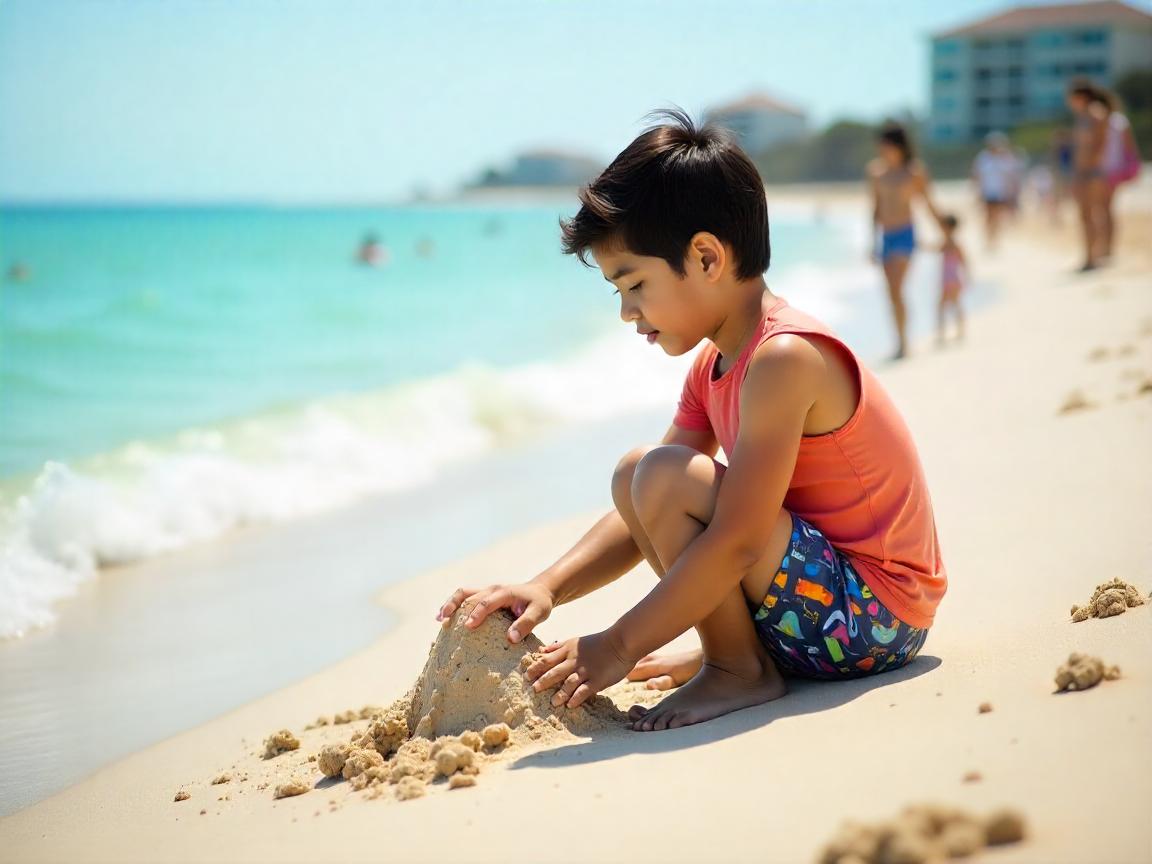≡-Hilton Head Island Joins Shark Encounter Beaches in US Like New Smyrna, Daytona, Miami, and More, Here are Top Spots for Beachgoers Where Danger Lurks, New Update for Tourists Going to America – Viral of Today
<> Viral of Today <>
Home » America Travel News » Hilton Head Island Joins Shark Encounter Beaches in US Like New Smyrna, Daytona, Miami, and More, Here are Top Spots for Beachgoers Where Danger Lurks, New Update for Tourists Going to America Friday, June 20, 2025Hilton Head Island joins shark encounter beaches in the US like New Smyrna, Daytona, Miami, and more, creating a new wave of concern for summer travelers. These aren’t just vacation spots—they’re fast becoming top spots for beachgoers where danger lurks just below the surface.As more tourists head to the coast, the chances of marine life encounters increase, and Hilton Head Island is now officially on the map. A recent scare has pushed it into the same league as New Smyrna, Daytona, Miami, and Panama City, known for their history of shark sightings and bites.Here’s a new update for tourists going to America: sun-soaked beaches come with risks. The water may be beautiful, but something more primal could be swimming nearby. Are you ready to dive in, or will you think twice before wading deeper? The summer of 2025 just got a lot more interesting—and a little more dangerous.Shark Scare on Hilton Head Island Sends Tourist to Hospital, Raising Summer Safety Concerns for Coastal TravelersA routine beach day at Hilton Head Island quickly turned into a terrifying moment this week, when a tourist was rushed to the hospital following a suspected shark bite. The incident, which happened around noon on Wednesday, brought a swift response from Hilton Head Island Fire Rescue and Shore Beach Services.Though the injury was declared non-life-threatening, the beachgoer was airlifted to Savannah for further treatment, spotlighting a rare but chilling risk in one of America’s most popular coastal destinations.Summer Travel, Shark Sightings, and Rising TensionThe timing of this incident is no coincidence. Summer 2025 is seeing a dramatic increase in beach tourism as Americans and Canadians head to the coasts in record numbers. From Hilton Head to the Outer Banks, hotels are nearing full capacity. But with more swimmers comes more interaction with marine wildlife.Shark sightings, while still rare, tend to increase with warmer waters and higher foot traffic in the sea. As humans enter shark territory in larger numbers, the chance of accidental encounters rises. This is not cause for panic—but it is a wake-up call.Understanding Shark Behavior: What Really Causes Bites?Despite how it may seem, sharks do not hunt humans. Most shark bites occur because the animal mistakes a hand, foot, or surfboard for prey. Swimmers, especially in murky water or during low light, may accidentally trigger a shark’s territorial instincts or natural curiosity.Out of the billions of annual ocean visits, only about 65 unprovoked shark attacks are reported worldwide each year. Fatalities are even rarer. You’re statistically more likely to be struck by lightning or injured by fireworks than to suffer a shark bite.However, understanding warning signs can make all the difference between a close call and a crisis.How to Spot a Shark—and What to Do If You See OneKnowing how to respond to a shark sighting can keep a fun day at the beach from becoming a terrifying ordeal. Here are key tips every traveler should remember:Stay calm: Sharks rarely attack humans on purpose. Panicking only increases your chance of drawing attention.Exit the water slowly and smoothly: Don’t splash or scream. The quieter your movement, the less likely you’ll provoke interest.Stick together: Groups of swimmers appear more intimidating than solo individuals. Always stay within sight of others.Keep your eyes on the shark: If underwater, maintaining eye contact signals you’re not easy prey.Avoid dawn and dusk swims: These are peak feeding times for sharks, especially near shorelines.Red Flags: Signs a Shark May Be About to AttackSharks often display pre-attack behaviors, and understanding these could be crucial:Agonistic display: A shark may swim with its back arched, snout up, and pectoral fins pointed downward—a warning posture.Circling: Repeatedly swimming around a person could be investigatory, but caution is advised.Murky waters: Low visibility increases accidental bites. Avoid swimming after heavy rain or near fishing piers.Remember, most shark bites are exploratory nips, not full attacks. But that doesn’t make the pain or trauma any less real.Hilton Head’s Rapid Emergency Response Saves LivesAuthorities at Charleston and Hilton Head International Airport confirmed that a medical helicopter was dispatched after beach responders determined the injured person needed specialized care in Savannah. The quick coordination between local beach patrols and emergency medical teams ensured that the victim received timely treatment.This also highlights the importance of well-trained on-site response teams, especially in high-traffic tourist zones. Hilton Head Island has long invested in its beach safety services, and Wednesday’s incident proves how vital that investment remains.Impact on Regional Tourism and Traveler MindsetAs word of the shark scare spreads, tourism officials are walking a tightrope. On one hand, it’s crucial to reassure incoming travelers that the beach remains safe. On the other, there’s an urgent need to educate tourists about respecting marine life and following safety rules.Travelers are advised not to cancel plans but to stay informed and prepared. Hotels, tour operators, and local authorities are expected to ramp up signage and distribute informational materials at popular entry points to the beach.Meanwhile, travel insurers and airlines have reported no cancellations linked directly to this incident, indicating that the event—though shocking—has not yet affected the summer tourism wave.Why Awareness Is the New Travel CurrencyAs travelers seek meaningful and immersive experiences, there’s also a shift toward responsible tourism. Knowing how to interact with nature—and when to step back—is key to enjoying destinations like Hilton Head safely.Parents are now adding shark awareness to their beach vacation checklists. Teens are downloading apps that track marine activity. And travel influencers are shifting tone from luxury-first to safety and sustainability-first.This transformation could reshape how beach destinations market themselves in the years ahead.The Bigger Picture: Coexistence, Not FearNature isn’t the enemy. But it is powerful. And when you visit the ocean, you’re stepping into another species’ domain. This incident is not a horror story. It’s a reminder.A reminder to respect the sea. A reminder to stay alert. A reminder that with the right knowledge, we can swim, surf, and snorkel with confidence.The Hilton Head shark scare wasn’t fatal. But it made an impact—on the traveler, the responders, and every beachgoer who read the headline and wondered, “What if it were me?”Now you know what to do.Tags: beach safety 2025, Charleston, coastal travel tips, emergency airlift Hilton Head, hilton head island, Hilton Head tourism, savannah, shark attack news, shark bite prevention, shark safety, shark sightings USA, South Carolina beaches, U.S. Summer Travel
This information will surprise you!
See also
- Read until the end to discover everything.
- Important information you need to know.
- Interesting facts and helpful tips.
Conclusion
Did you enjoy the news? Keep following us daily!













